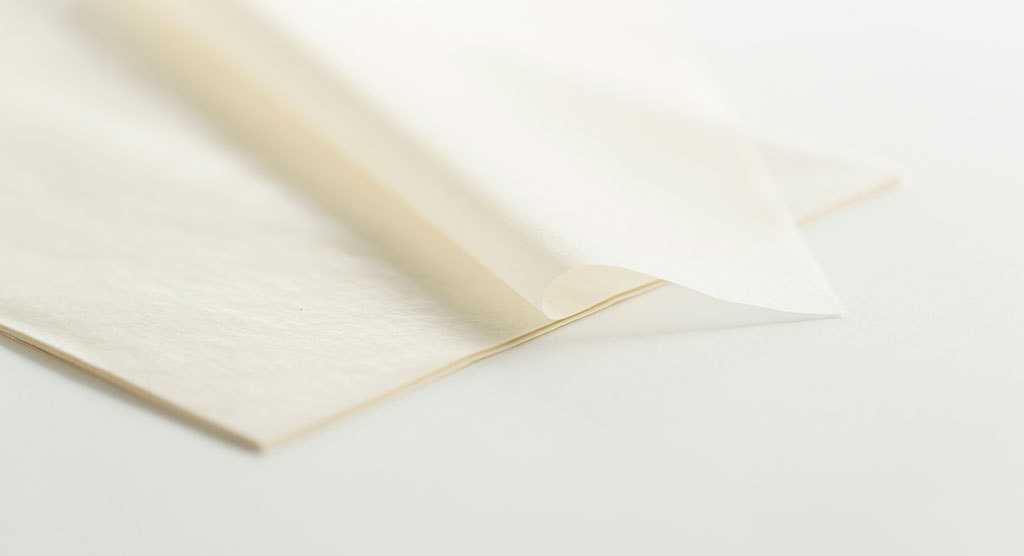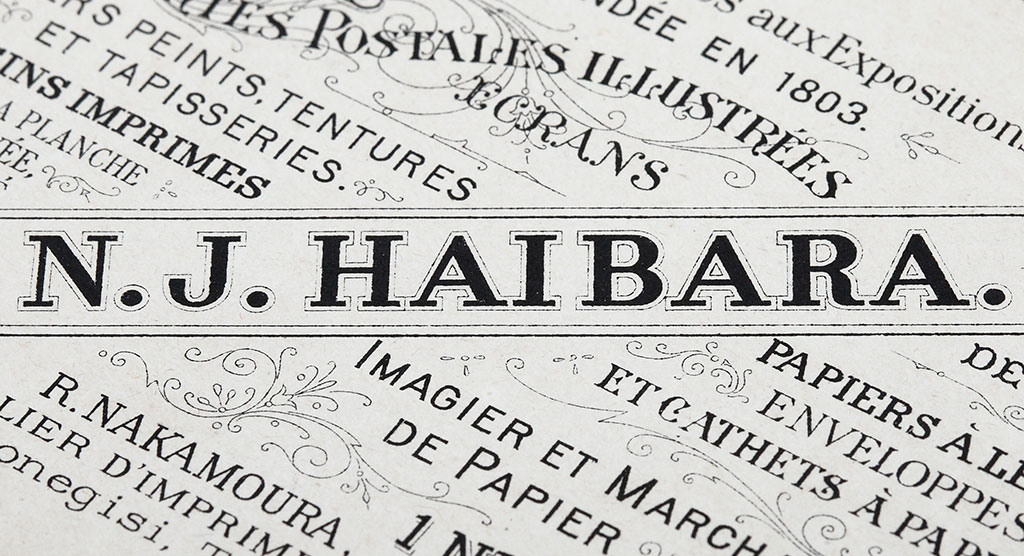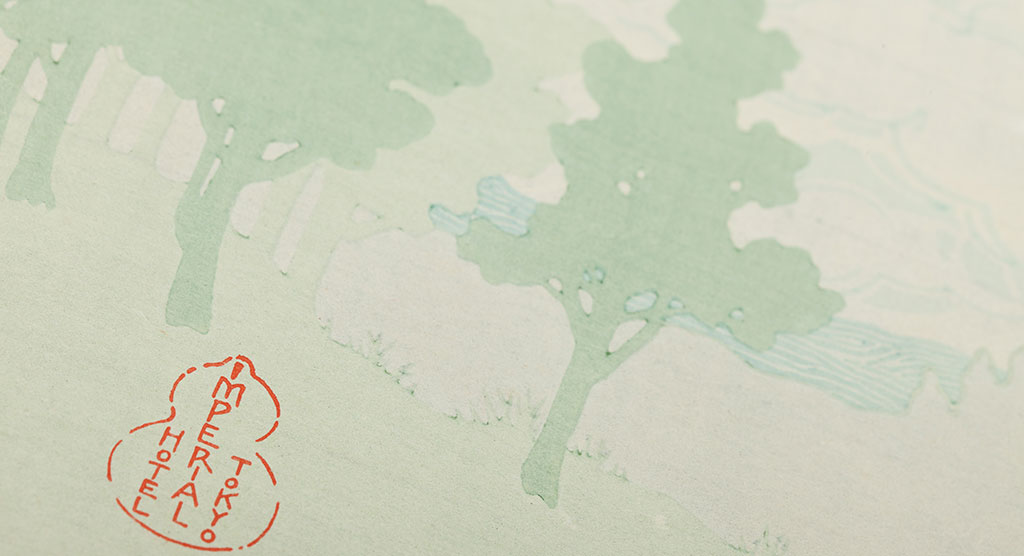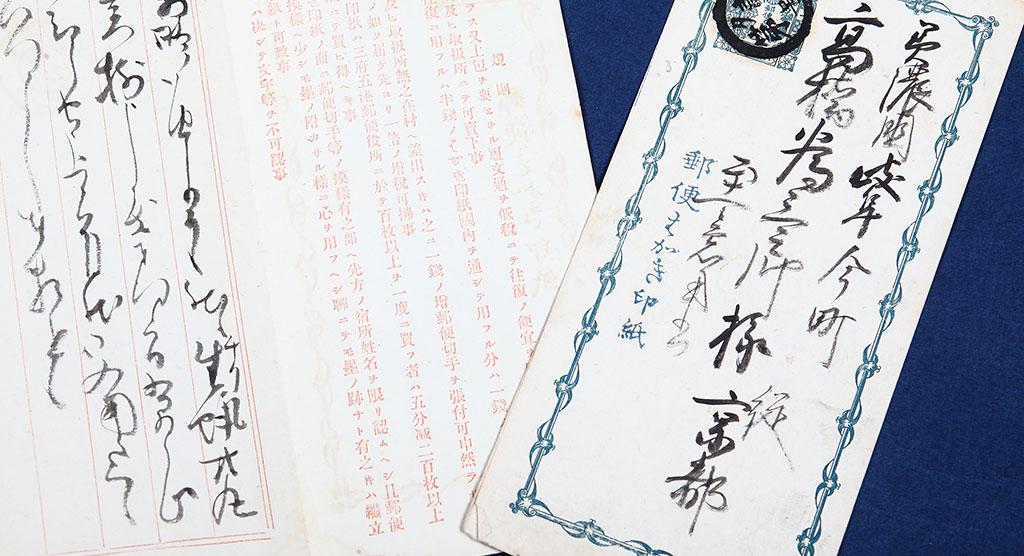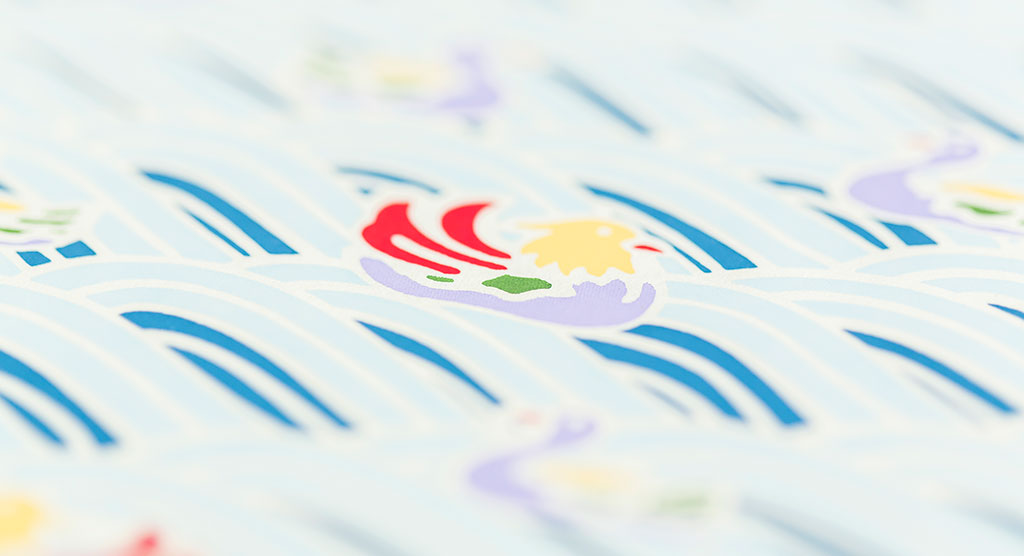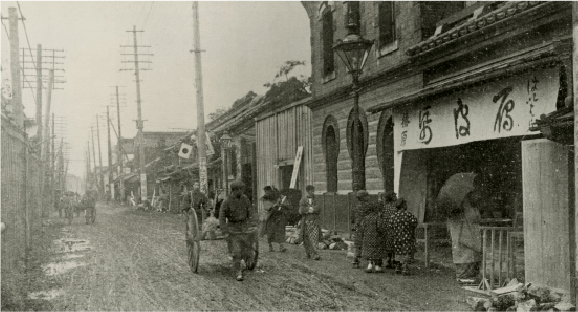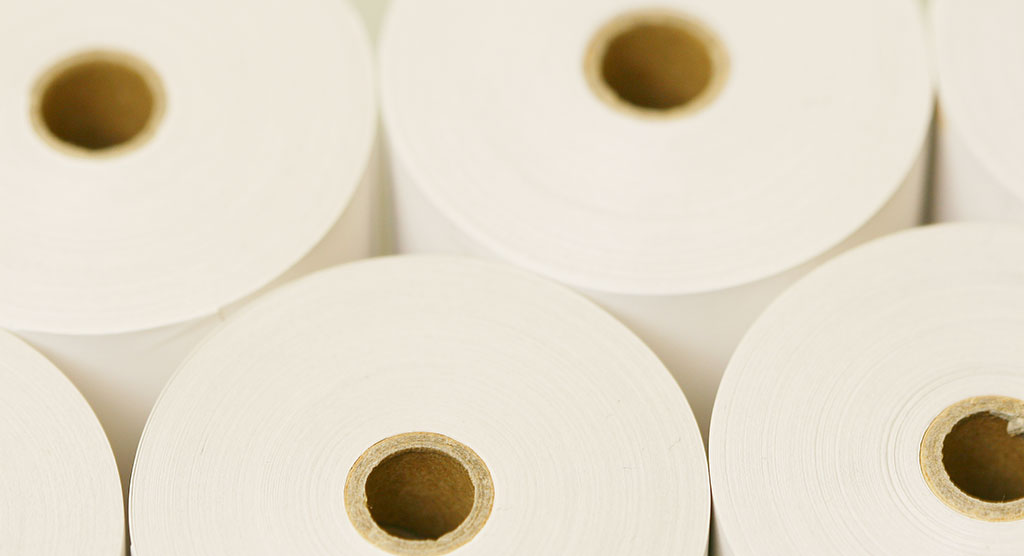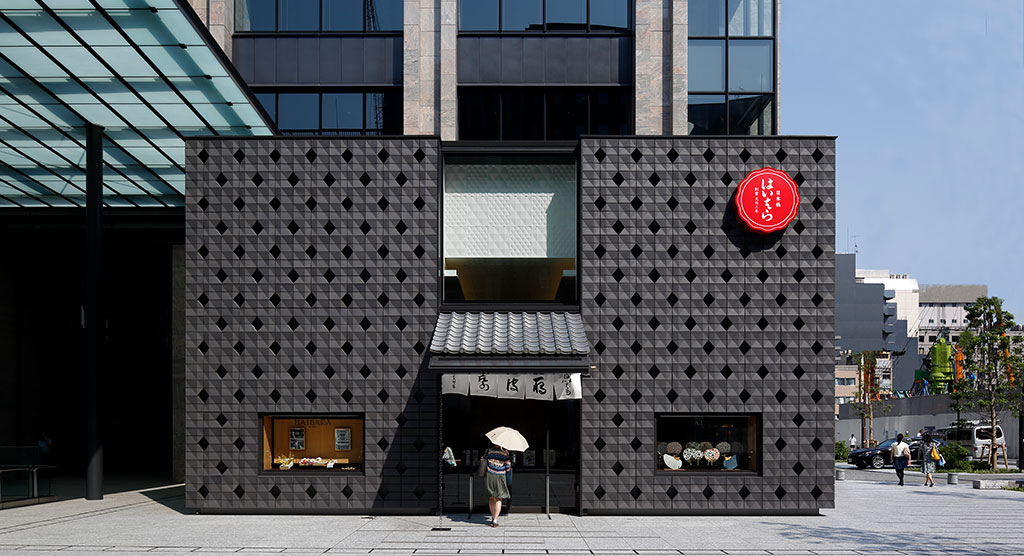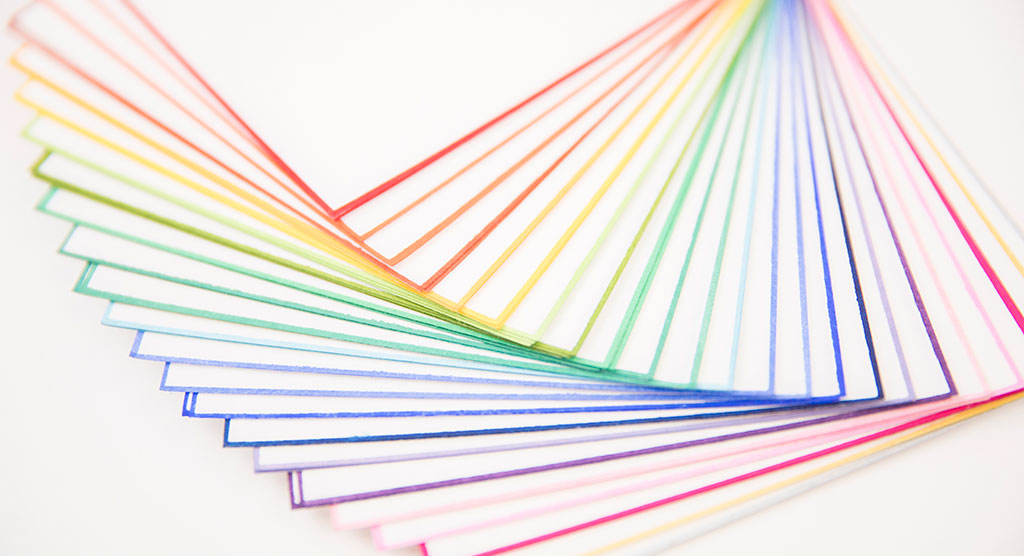Table of Contents
“I want to create a store that sells exquisitely detailed and beautiful washi paper that will amaze everyone.”
It was during the Edo period (1603-1867). In the bustling Nihonbashi neighborhood, which Ieyasu, the first shogun of the period had developed, there was a young man with a burning desire deep in his heart.
His name was Sasuke Nakamura, who eventually became the founder of Haibara.
After completing his apprenticeship at a book wholesaler called Suhara-ya, Sasuke opened a store dealing in Japanese paper, knick-knacks, and books in Nihonbashi in 1806.
Sasuke’s exclusive focus on paper turned out to be a master stroke. The demand for paper skyrocketed during the Edo period, a time of political stability and a flourishing townpeople’s culture.
Letters, bags, and uchiwa fans to interior fittings such as shoji, paper screens, and fusuma, paper sliding doors; publications such as ukiyoe woodblock prints, share-bon novels, and kawara-ban woodblock printed newspapers; and toys such as chiyogami, colorful craft paper, kites, and karuta, playing cards, paper used for all those items improved people’s lives and its applications grew swiftly.
Edoites, who took great pride in “being fashionable”, began to seek quality and beauty in paper, which was essential in their daily life.
So, Sasuke offered a selection of the finest “gampi” paper created from high-quality gampi plants grown in Atami, Zushu.
“This is the most delicate paper I’ve ever seen!” “What a smooth writing experience!” “I can write beautiful letters on this paper!” Haibara’s gampi paper quickly gained popularity among Edo’s fashion-conscious citizens.
Then the name “Gampi paper by Haibara” quickly spread across Edo, creating a massive boom.
Ganpi paper: thin Japanese paper made from fibers taken from the bark of a clove-like bush (Diplomorpha sikokiana)

Haibara’s gampi paper becomes the talk of the town.
Perfect for writing —–That is Gampi paper.
What kind of paper is “gampi” paper? What is it used for?
Gampi paper is a delicate, fine-grained, glossy Japanese paper made from the bark of a plant in the daphne family.
It is soft and smooth to the touch, and is truly a paper “created for writing”.
The paper has a translucent cream tint, similar to dragonfly wings. It is resistant to discoloration and robust enough to be preserved indefinitely. It has been used for picture scrolls, documents written in noble kana script, and Buddhist scriptures since the Heian period (794-1185). Gampi paper, written in ancient times, is still preserved as a valuable cultural asset in museums. Compared to the kozo (mulberry) tree, which is a common material for Japanese paper, gampi is truly rare and valuable.
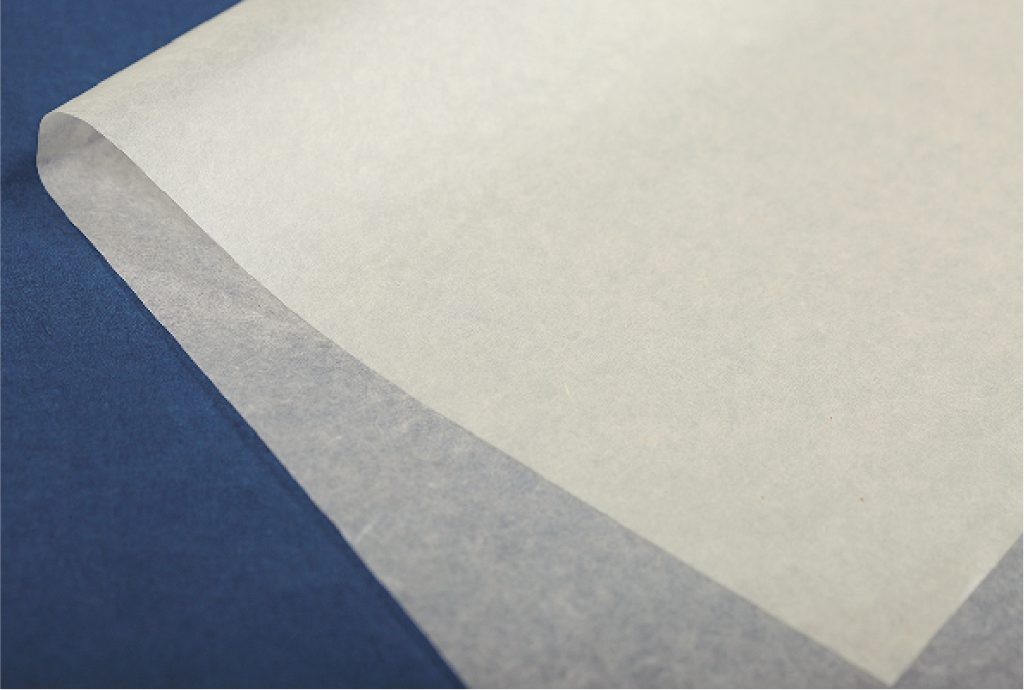
The gampi paper craze has arrived. Customers flock to stores in quest of the “Edo speciality”
What explains the spread of gampi paper during the Edo period, when there was no Internet or social networking services?
The fact that gampi paper was featured as an “Edo speciality” in kyoka (poems with the 5-7-5-7-7 syllable structure that deal with social satire, humor, and parody) and that many writers and artists were fond of using gampi paper triggered a boom in the use of gampi
Every day, Haibara’s store was crowded with customers, from townspeople to the wealthy, who purchased chiyogami which was made of gampi paper with stylish designs printed on woodblock-printed paper, fans, and letters. There is also a record that Haibara produced chiyogami which had the family’s original pattern, called “Otomeban”, They took orders from not only the general public but also from shoguns and feudal lords.
New Uchiwa fans from Haibara, a summer characteristic of the Edoites
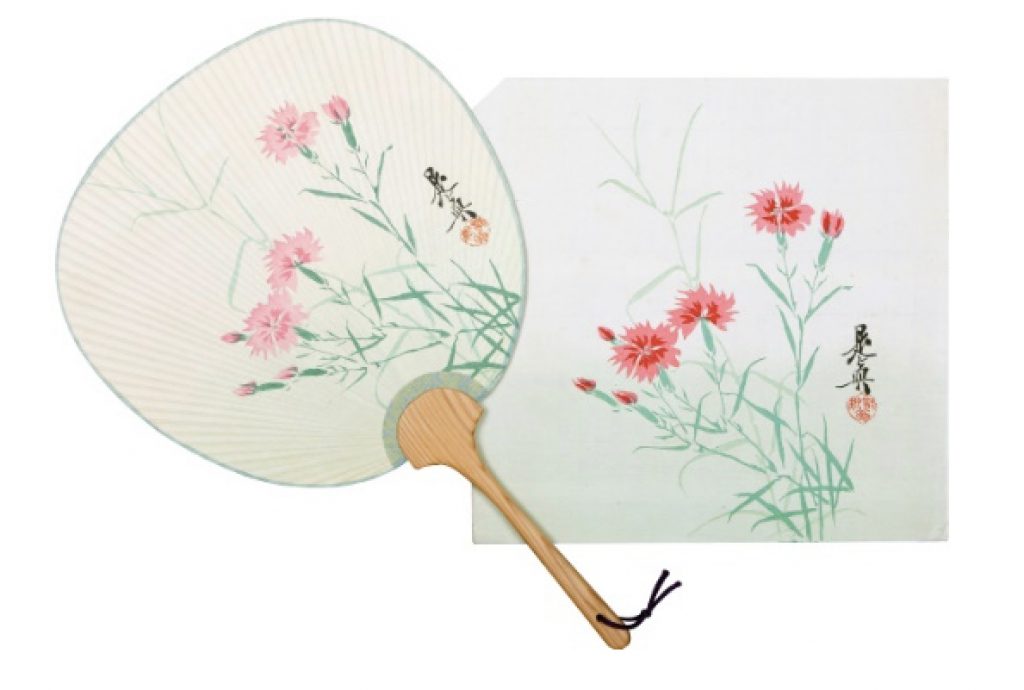
The Edoites enjoyed paper products such as uchiwa fans as a fashion item.
Throughout the Edo period, Uchiwa fans were used not just as a daily necessity for making fires by blowing air with a paper fan, but also as an item for cooling and Bon dances.
Every year on April 14, at the event of “Uchiha Hajime,” a large number of people visited Haibara’s shop to purchase newly designed Uchiha fans. Haibara’s Uchiwa were thought to be the trend of early summer fashion in Edo.
Edoites went to see fireworks with a beautiful wood-block printed Haibara paper fan tucked into the sash of their cotton yukata as an elegant touch.
Japanese items such as fashionable new season uchiwa fans became a “must have” summer feature.
The foremost artists of the day who designed the Haikibara Uchiwa
The original drawings for the Haibara Uchiwa were handled by eminent painters and artists. Artists during the Edo period included Hoitsu Sakai, Chinzan Tsubaki, and Kazan Watanabe. From the end of the Edo period to the Meiji period, Kawanabe Kyosai, Shibata Zeshin, and Kawabata Gyokusho. From the Taisho period onward, the names of artists who represented the era were all lined up, including Kawase Hasui and Ito Shinsui. Uchiwa, a familiar item in daily life, was fused with refined works of art. Haibara has continued to offer the joy of “enjoying art in daily life” both in the past and in the present.
Shiki Masaoka composed a haiku about Haibara’s paper fan bearing a branding on it.
Shiki Masaoka is one of the world’s most famous haiku poets, and his haiku “Kakikueba kanega narunari Horyuuji” (I bite into a persimmon, a temple bell tolls from Horyuji) is especially well known.
He created the following haiku poem in 1898:
“Toriganaku atsuma Edono Haibarano yakijirushi-aru kinu-uchiwa kamo”
(Rooster crows, Edo in the East, silk uchiwa with Haibara’s branding)
The bamboo handle of the Haibara Uchiwa is branded “haibara.” In the store, shopkeepers still brand each fan individually with their hearts and souls.
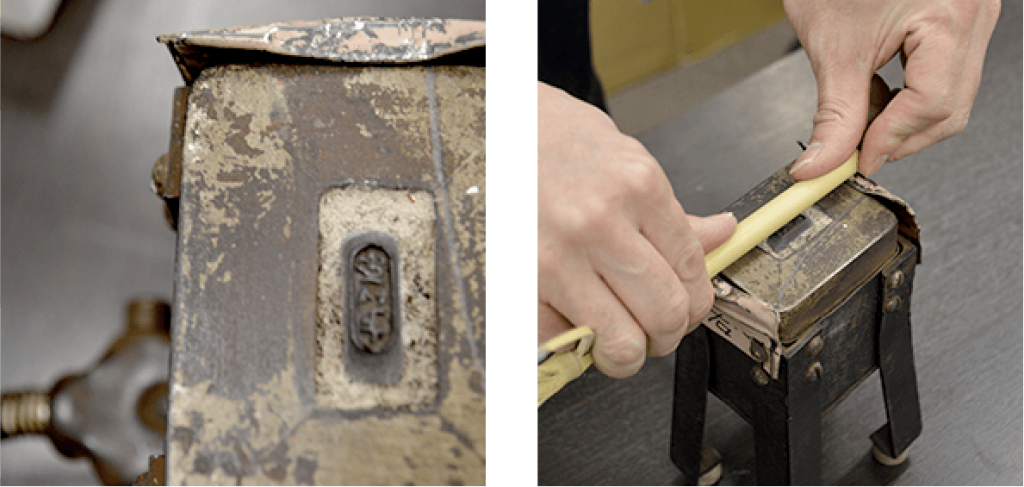














 Instagram
Instagram facebook
facebook X(旧Twitter)
X(旧Twitter) Youtube
Youtube note
note